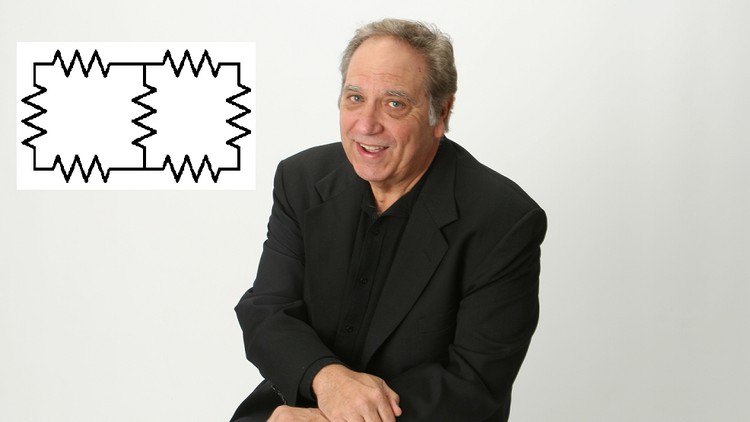Super Electronic Circuit Theory Course with Semiconductors
Electronic Fundamentals, Ohms Law . Advance Circuit Theory, Semiconductor theory, Diodes Transistors & Op Amps
4.89 (54 reviews)

4,399
students
15.5 hours
content
Mar 2025
last update
$44.99
regular price
What you will learn
Quick Brief History of the development of Electronics
Student will Understand of the Main Electronic Electronic Priciples
Understanding and Manipulation of OHMS Law
Understanding and Manipulation of Advance Circuit Analysis i.e Kirchoffs Laws
Screenshots




Related Topics
4466880
udemy ID
12/29/2021
course created date
10/26/2022
course indexed date
Bot
course submited by